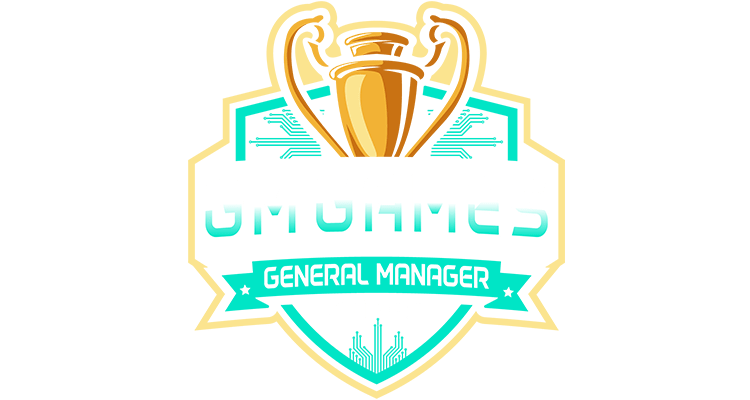As per OOTP Developments – Jeff Riddolls, executive Producer, see below:
PC Installation instructions: After you download the file just install it over your existing game (you don’t need to uninstall the old version first.) Make sure to select the correct path to your game if needed.
Mac Installation instructions: After you download the .dmg file, open it, move the fhm.app file to your applications folder and copy over the old version.
Patch available here: (PC) FHM 2014 1.6.2 patch — Note: This is an Executable File!
After installation, the game should display “Version 1.6.2” at the bottom of the statup screen; if it shows a different build number, you’ll need to re-download and reinstall (and before doing so, make sure the update file you downloaded has been deleted and your browser cache cleared.)
Note that if you decide to uninstall and re-install, you should first release one of your licenses via Preferences-License on the start screen.
Saves from earlier versions are compatible with this version, but, as always, to get the best results from the patch it’s recommended you start a new game. If you continue an earlier save and have problems, please let us know that it’s a pre-1.6.2 save when you report the issue.
Introduction:
This is by far the largest single update to FHM. We’ve replaced some major parts of the game, primarily training and scouting, with new systems that should allow more user input and generate better feedback. Four new leagues have been added, a wide variety of bug fixes and adjustments made, and the game’s overall stability improved. Obviously, it’s taken quite a while to get all this done, much longer than we’ve ever taken between patches previously, and we thank you for your patience while we worked on it.
We intend to do one more big patch like this (as well as smaller ones if urgent fixes are needed before or after either.) The primary focus of the next one will be the addition of a completely new match engine, with an accompanying tactical interface, to the game. For that reason, there are few changes to things directly related to game simulations in this patch – e.g., stats, lineup selection, tactics, anything and everything related to the in-game display, and so on. It didn’t make much sense to make changes there when it’s all going to be replaced soon. Originally, we’d planned to release all the new changes together, but the match engine development was taking longer than everything else, so it made more sense to split it up and give you a patch with the things that have been completed. So you’ll see very little changed regarding those aspects of the game in this patch, just things that were absolutely essential (e.g., crashes) to fix right now.
There are a few other issues we intend to deal with in that patch, too. Notably, we’re going to be fleshing out the underlying levels in leagues with playable countries. The new leagues themselves won’t be playable, but it will help the long-term balance of the game to get those junior and lower-level leagues into the database. At the moment, since they’re not there, there’s effectively a missing generation of 16-20-year-olds at certain ability levels in some European countries, which becomes noticeable 5-10 years into the game when older players start hanging around a little too long because they don’t have adequately-talented replacements, and the rosters tend to have a noticeable lack of mid-20’s players. Eventually, that missing generation ages out of existence and the regular player generation routines get the player pool back into a normal spread of ages, but it’s not ideal the way it is right now. Not having those leagues around also has a bit of a developmental impact on the overall talent pool, since there aren’t as many coaches who are skilled at working with young players as there should be.
There will also be some changes to in-game editing coming; see the final section of these notes for more details on that.
The database has been updated as of the end of the NHL trade deadline on March 5. This will be the latest date for the “current” version of the startup; we’ll continue to work on and improve the data and include those changes in future patches, but real-life player moves happening after March 5 won’t be included (with some leagues at or near the end of their seasons while others have months to go, the database would become very chaotic if we tried to do otherwise.)
Important note: in the “current” start, the combination of late-season rosters, which the real teams have assembled using saved cap space and LTIR exemptions, and an August start means some NHL teams begin in very difficult cap positions. Detroit in particular has problems, because they have a very large number of No Movement/No Trade-clause contracts in addition to being several million dollars over the cap. So be aware that the cap management AI may do some very strange-looking things to address these situations, like moving a lot of players to the farm team and signing minimum-wage replacements to scrape together enough cap savings (remember, no more burying big salaries in the new CBA.) It’s designed to manage organically-occurring cap problems, not ones where it’s artificially presented with something that’s nearly impossible to resolve. So, if you don’t want to see those odd roster moves at the start of your game, you may prefer to start with the Opening Night rosters.
As well, when you start with the updated rosters, the AI-run NHL teams tend to make a lot fewer trades in the first season, likely because of those constrained cap situations and their rosters being better-optimized than at the start of the year. Transaction frequency begins to return to normal starting in the first offseason.
For the List of Full Details in this Patch – See Our Story Here
[justified_image_grid preset=12 row_height=245 prettyphoto_social=yes prettyphoto_theme=dark_rounded lightbox=prettyphoto max_rows=2 custom_width=760 width_mode=responsive_fallback randomize_width=100 developer_link=hide ng_random_images=20]

